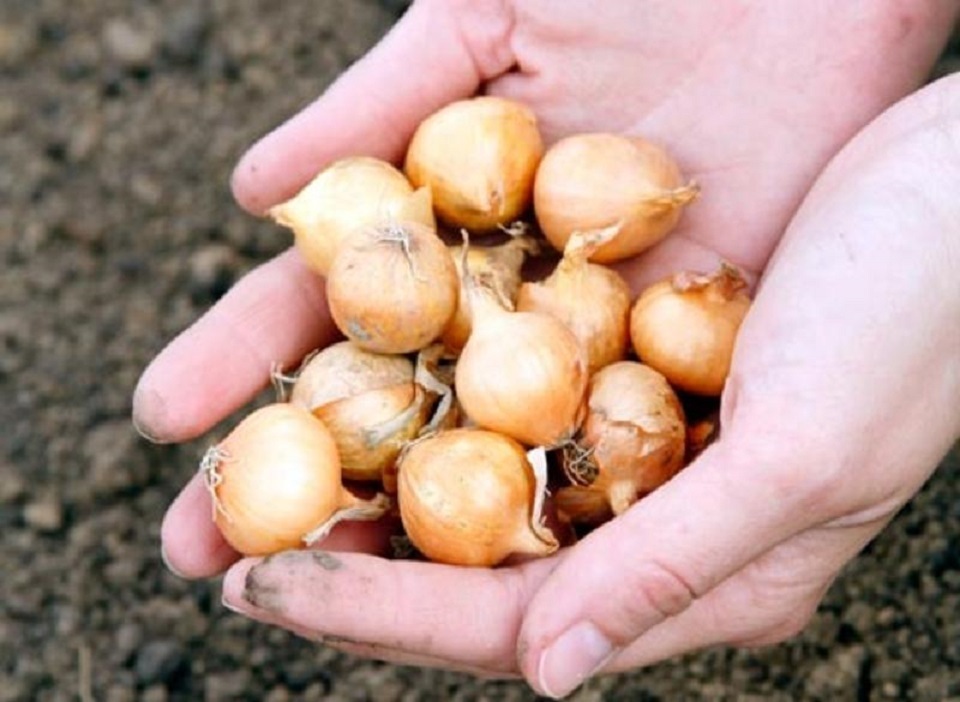 Onions are a true storehouse of health, as well as a natural and very useful seasoning, which can be used for any dishes. It is even sprouted on greens at home in winter, and to meet a garden without it is completely unrealistic.
Onions are a true storehouse of health, as well as a natural and very useful seasoning, which can be used for any dishes. It is even sprouted on greens at home in winter, and to meet a garden without it is completely unrealistic.
Let's consider when and how to plant onion seeds correctly, what soil he loves and how to prepare it correctly, as well as how to care for it for a more abundant crop.
Content
Landing time
You cannot set the exact date for planting onion sets in spring. Everything primarily depends on the climatic conditions of the region.
In the southern region this can happen already in the beginning or middle of April, in the suburbs it is advisable to wait until mid-May, and closer to the north it is necessary to land no earlier than the end of May or beginning of June.
It should be noted that after planting, the onion quite adequately tolerates a drop in temperature and a sharp cooling, unless the development slows down for a short time, and the green part will not develop so actively.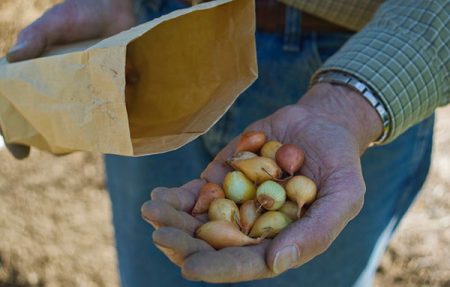
In general, it is better to plant onion sets a little later, when there will already be full confidence in the stability of air and soil temperature. If you hurry, he, even if it develops normally, will give arrows early and will be very poorly stored. It also affects the appearance.
Delaying with planting is also not worth it, unless your goal is to grow stormy greens to the detriment of bulb development. And this is exactly what happens if you plant sowing in very warm soil.
In general, experienced gardeners advise planting in the winter, about 14-17 days before the start of frost. The fact is that during storage, part of the bulbs dries and loses its viability. Wintering in the soil, they are much better preserved, in the spring they do not go to the boom and give a higher yield.
In the spring, it is more responsible to approach the determination of the timing of planting.
Preparation for landing
Onions are rarely planted from seeds. It is much easier to use sevoc. These are small bulbs, which, in principle, can also be grown independently from seeds. But for this it is necessary to have certain experience and skills, as well as a sufficient amount of free space in the beds. Moreover, it is necessary not only to grow sowing, but also to keep it in good condition until the planting season. Therefore, it is much easier to buy a ready-made onion set.
How to choose a bow
If you are not sure that you can save the onion sets before planting, do not buy it in advance, for a maximum of 2 weeks.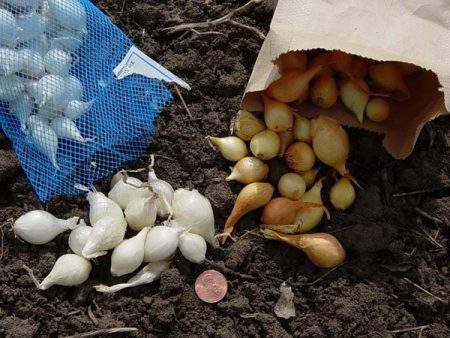
When choosing, pay attention to the following characteristics:
The size
For winter planting, bulbs with a diameter of up to 14 mm are most suitable, but remember that too small can freeze and not give the expected yield on poor soil. Bulbs with a diameter of up to 21 mm can also be planted in the winter, but it is best to use them for spring planting. Larger seed sets up to 25 mm in size are planted mainly on greens. In this regard, it gives excellent results even for beginners.
Appearance
The onion set must have a uniform color, there should be no spots, bumps, damage, dents. It is normal if it is slightly wet. Then it is enough to put it in a single layer after purchase and dry it. Just do not confuse with frostbitten. Such onions are soft and have a peculiar smell of dampness.
How to prepare sevc
Before planting with bulbs, preparatory work is necessary. The first thing to do is to carefully sort them out and, without regret, remove the rotten, dried out, damaged ones.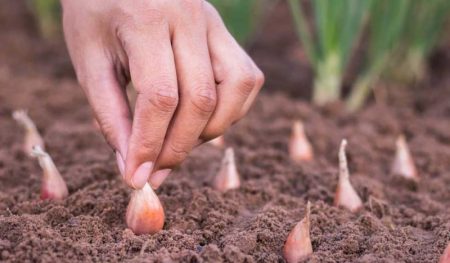
The next step is disinfection. You can prepare a salt solution (2 tablespoons. L. To 2 liters of water) and soak the bulbs in it for 2 hours, then rinse with running water and dip in a saturated pink solution of potassium permanganate for 3 hours. After rinsing is not necessary, just dry slightly.
For this purpose, a solution of copper sulfate (35 g per bucket of water) is also used. After it, it is also not necessary to rinse, it is enough to let excess liquid drain.
For the Moscow region and regions located closer to the north, additional measures will not hurt. It is necessary to prepare warm and cold water. Alternately lower the bulbs for a quarter of an hour, then in one, then in the second container. This will harden the plant. To accelerate germination and additional protection, special mineral complexes and growth stimulators can be used.
All ongoing procedures disinfect the bulbs, protect them from pests, and also increase endurance.
Soil preparation
You should start with the selection of the site. Onions love light loamy and sandy loamy soils. Heavy clay contribute to stagnation of water, and therefore categorically not suitable for it, sour onions also do not like.
The bed should be well ventilated. It is optimal to place it not at the height, and not in the lowlands, so as not to provoke decay.
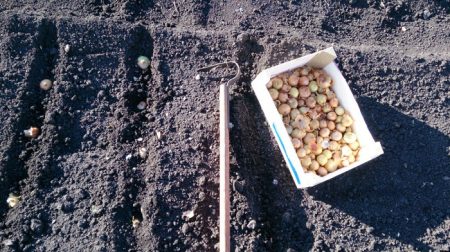
Be sure to take care of the fertility of the soil. This should also be done in the fall. It is best to use humus or dung.
Of great importance for the crop is the observance of crop rotation rules. Onions in one place can be grown no more than 2-3 years in a row.
The soil best suits him after:
- cabbage (especially cauliflower and early)%
- cucumbers, zucchini, pumpkin and squash;
- legumes;
- siderats.
But after a salad, carrots, turnips and radishes, as well as some spicy herbs, good crops should not be expected.
The bed should be prepared in the fall, the necessary fertilizers to be applied to the soil. In the spring, it remains only to weed it and plant the prepared sevoc.
Landing recommendations
For onions, it is advisable to cook narrow, but long beds. So it will be more convenient to take care of the landings. Height should be adjusted depending on the type of soil. When severe, they are made high so that they are better ventilated, and for light, a large height is not needed at all.
First you need to make a furrow and properly moisturize it. The distance between the rows should be 20 cm, and between the bulbs in the rows of 10-12 cm. It is not worth burying the seeds to a depth of more than 2 cm. From above they should only be lightly sprinkled, it is not recommended to press down.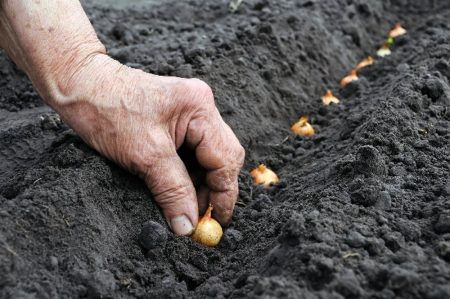
Care Rules
To obtain a high yield for beds with onions, it is necessary to carry out sufficient care, which consists in the following measures:
- watering once a week. 3 weeks before assembly, it should be discontinued;
- weeding every 7-12 days. Many people believe that weeds help maintain soil moisture, but in fact they contribute to the development of fungal diseases;
- mandatory loosening of the soil. The formation of a crust on the surface of the soil must not be allowed.So a sufficient amount of oxygen will cease to flow to the roots and decay processes may begin;
- timely top dressing. The first is carried out with the help of urea, when the height of the pen is about 10 cm. You can no longer use it, unless the pen starts to turn yellow ahead of time. You can scatter granules along rows so that the fertilizer is absorbed into the soil along with rain water or during irrigation, but it will be more efficient to prepare a solution from a tablespoon of urea in 10 liters of water and water the plants with it.
You should also protect the onion beds from pests and take timely measures when signs of disease appear.
It is not difficult to grow onions, and following all the recommendations listed in the article, you can get an even larger crop.

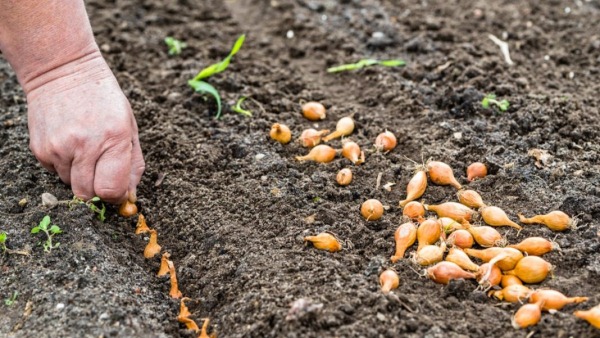
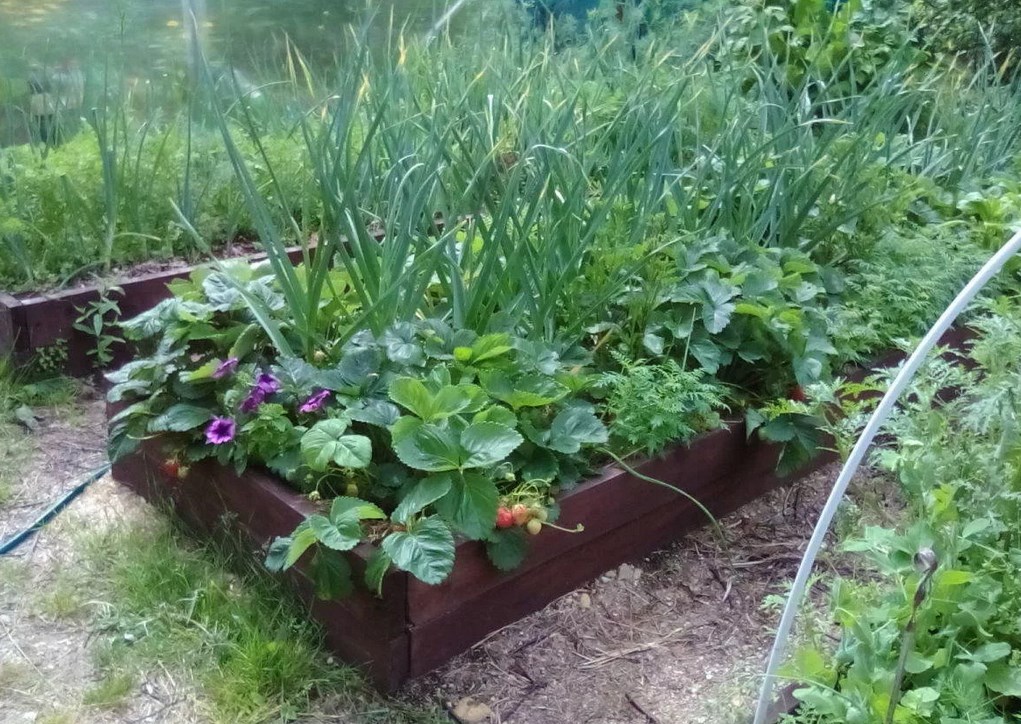
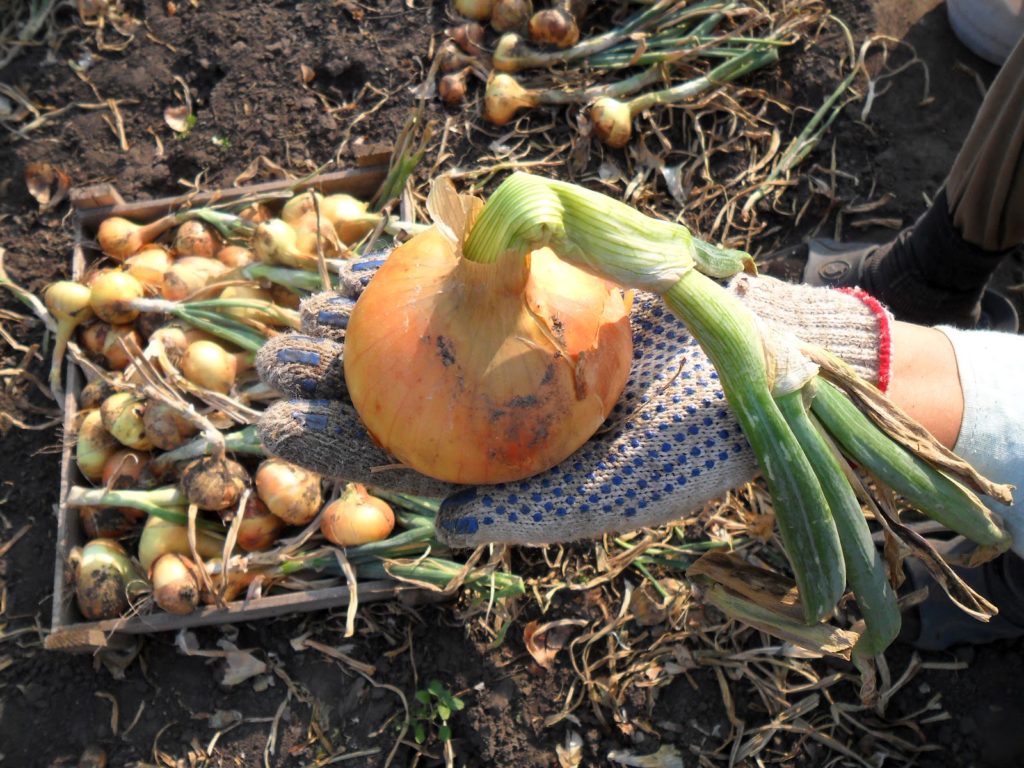
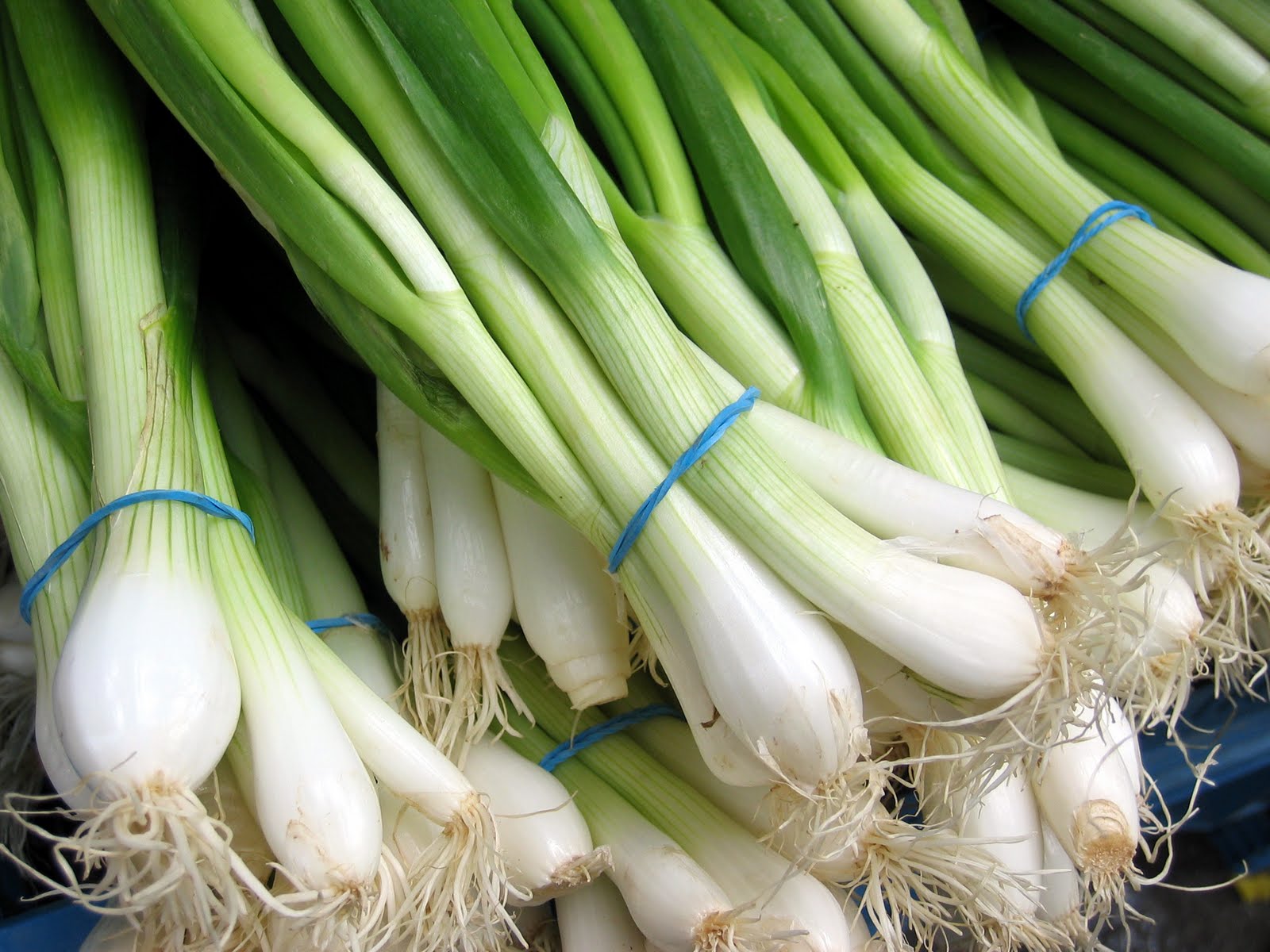 Growing onions on a feather in a greenhouse in winter
Growing onions on a feather in a greenhouse in winter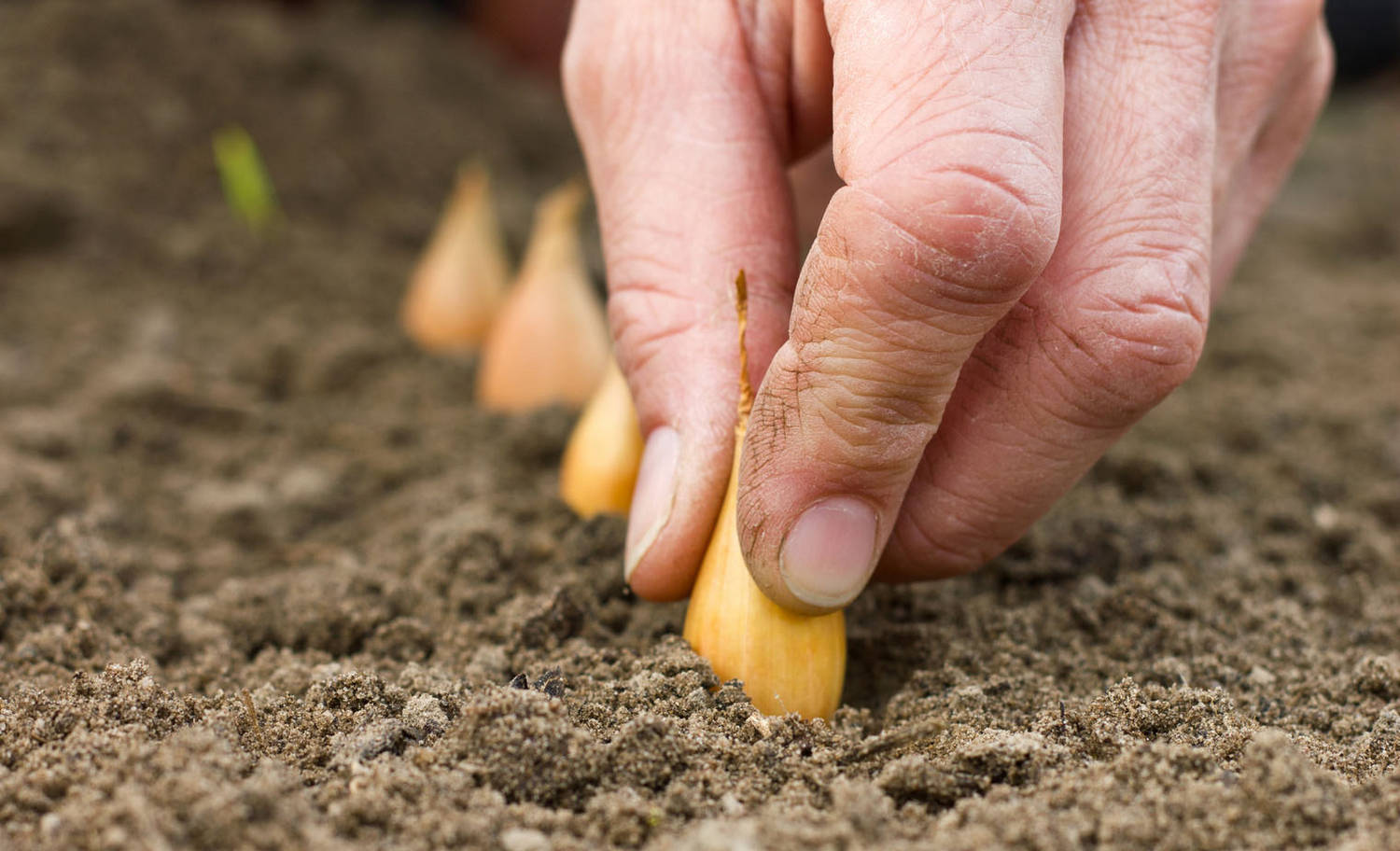 Planting onions in winter in the open ground
Planting onions in winter in the open ground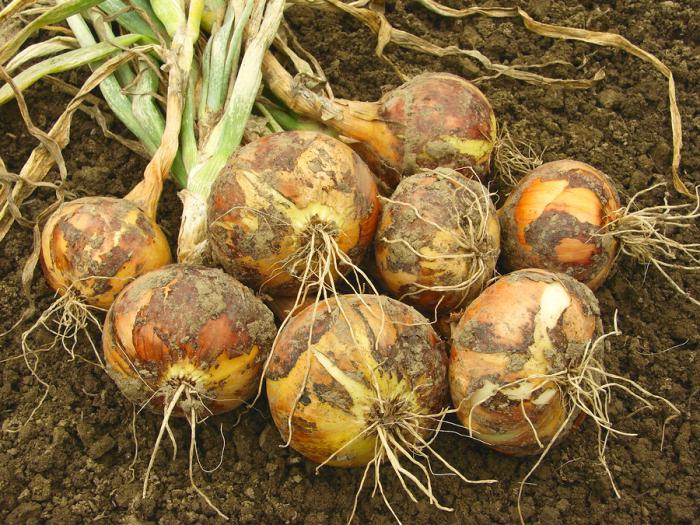 How to feed onions so that the bulbs beat large
How to feed onions so that the bulbs beat large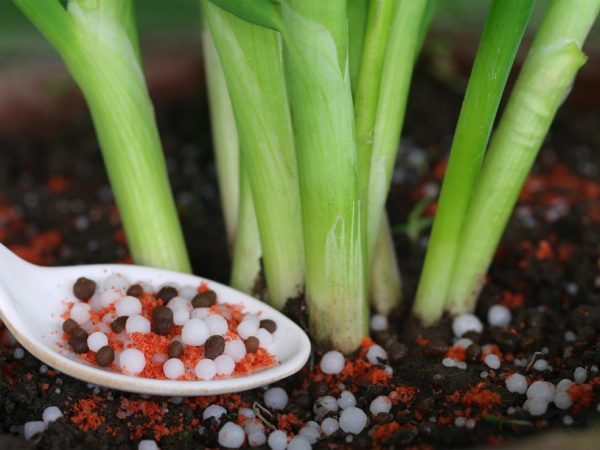 How to feed onions in spring and summer to get a good harvest?
How to feed onions in spring and summer to get a good harvest?